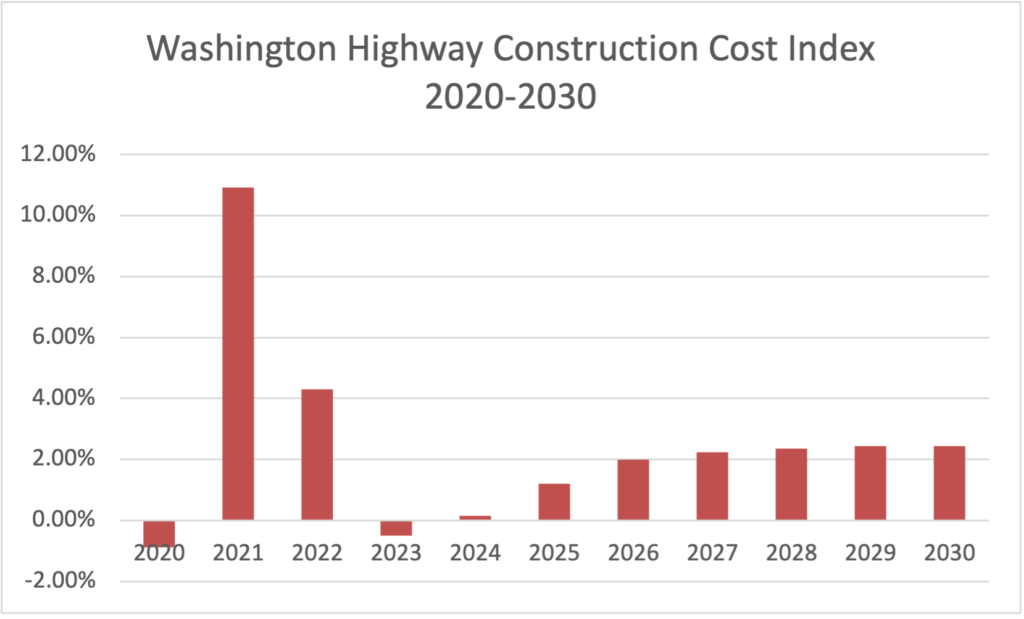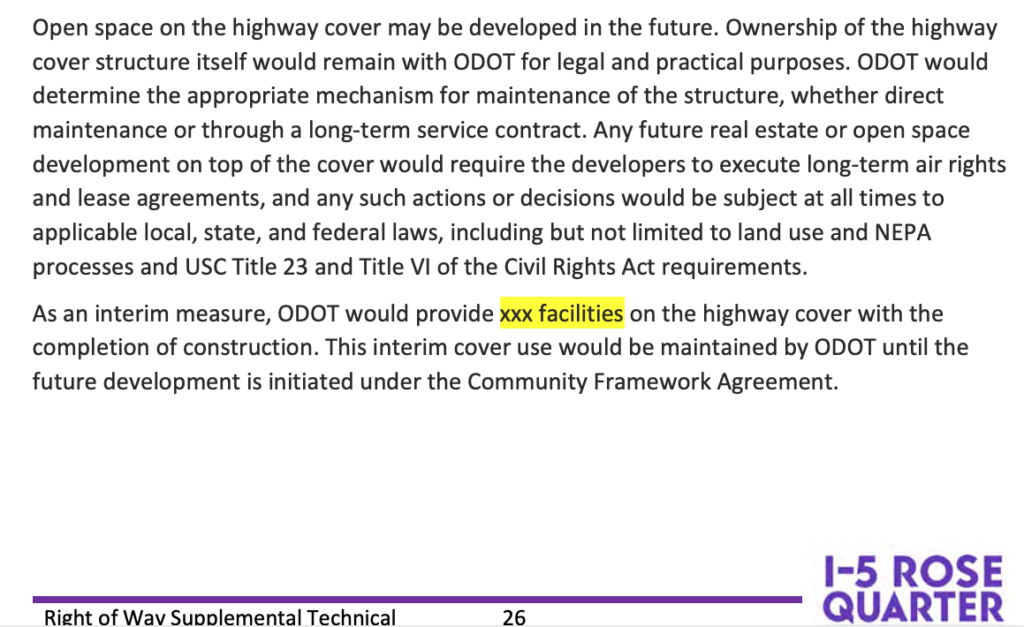Editor’s Note: Public Comment on the I-5 Rose Quarter Freeway Project
Between now and January 4, 2023, the public will be asked to weigh in with its comments on the proposed I-5 Rose Quarter Freeway Widening project. If you’re interested, you can make your voice heard. For more information on how to comment, we urge you to visit No More Freeways’ website. For the rest of this month, City Observatory will be presenting a synopsis of its independent research on the project.
What City Observatory did this week
Blame inflation now: Lying about the latest IBR Cost Overrun. The price of the I-5 “bridge replacement” project just increased by more than 50 percent, from $4.8 billion to $7.5 billion. ODOT and WSDOT are blaming “higher inflation” for IBR cost overruns. As we’ve noted, the Oregon Department of Transportation has a long string of 100 percent cost-overruns on its major projects. Almost every large project the agency has undertaken in the past 20 years has ended up costing at least double–and sometimes triple–its original cost estimate. The data don’t support their claim–their own agencies official projections of future construction price inflation show a negligible change from 2020 levels.
Higher construction cost inflation accounts for only $300 million of a $2.7 billion cost increase.
The Oregon Department of Transportation’s Empty Promises for a Rose Quarter Freeway Cover. ODOT’s Supplemental Environmental Analysis shows it has no plans for doing anything on its vaunted freeway covers. It left the description of cover’s post-construction use as “XXX facilities” in the final, official Supplemental Environmental Impact Statement. So maybe, a strip club or an adult book store on the freeway cover?
The report makes it clear that “restorative justice” is still just a vapid slogan at the Oregon Department of Transportation. In short, ODOT has no plans to construct covers that will support significant buildings, no plans for any meaningful use of the covers after the highway is complete, and no funding for it (or anyone else) to develop anything on the highway covers. And if somebody else does have an idea, they’ll have to pursue it with their own money, and they’d better bring lots of lawyers, because it’s not going to be easy. In the meantime, Albina, enjoy your “XXX facilities”—we’re sure they’ll be special.
A million more miles of traffic on local streets thanks to Rose Quarter Freeway Widening. ODOT’s proposed relocation of the I-5 Southbound off-ramp at the Rose Quarter will add 1.3 million miles of vehicle travel to local streets each year. Moving the I-5 on ramp a thousand feet further south creates longer journeys for the 12,000 cars exiting the freeway at this ramp each day.
The new ramp location requires extensive out-of-direction travel for all vehicles connecting to local streets. With more miles driven on local streets, and more turning movements at local intersections, hazards for all road users, but especially persons biking and walking, increase substantially. More driving on neighborhood streets increases local pollution and greenhouse gas emissions.
In the News
Today’s increase did not surprise Joe Cortright, the Portland economist who has closely followed this iteration and the earlier version of the same effort, the Columbia River Crossing Project. In a May piece for City Observatory, Cortright wrote, “The IBR is likely to be a $5-7 billion project.”




